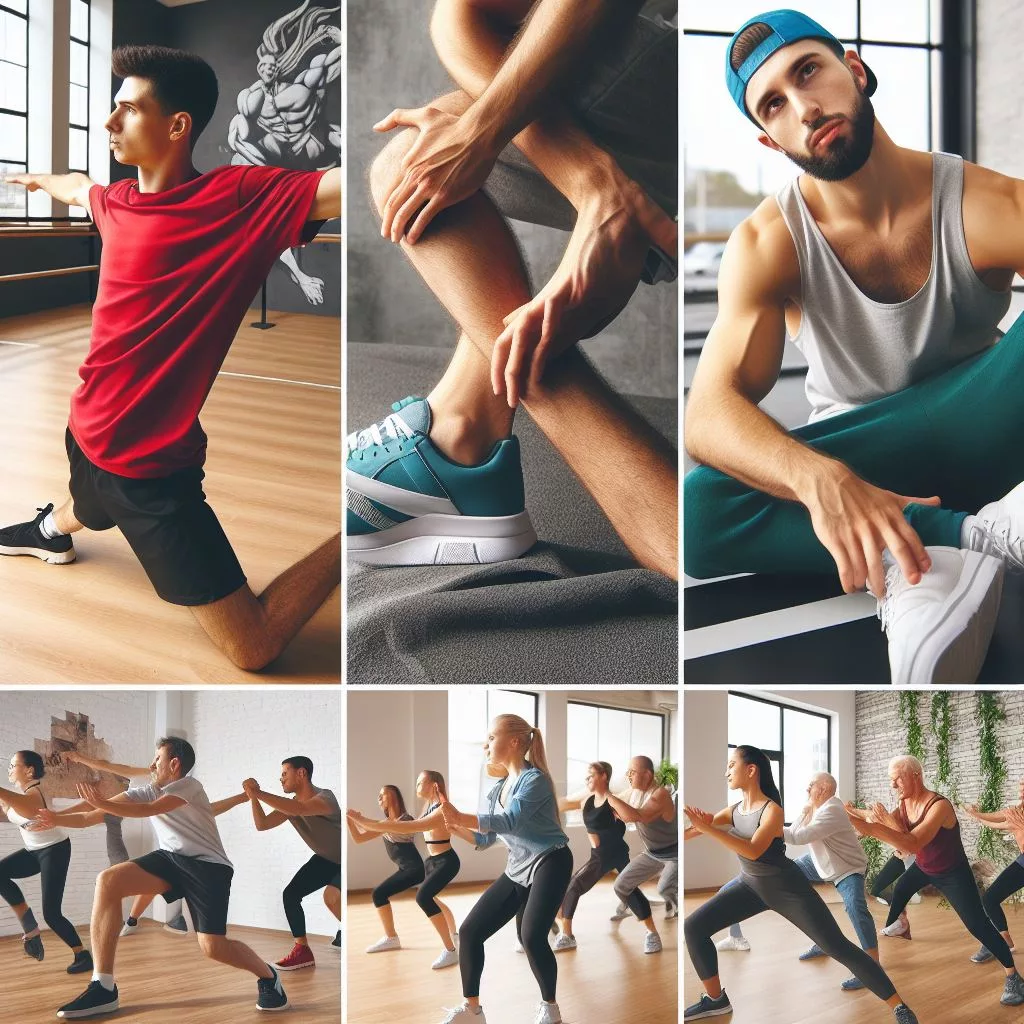Debunking Dance Training Myths: Top 5 Misconceptions Revealed
Dance training is often shrouded in myths and misconceptions. As the world of dance evolves, it’s crucial to separate fact from fiction. In this article, we’ll bust the top five myths about dance training, providing the latest insights and studies to guide aspiring dancers and instructors.

Myth 1: Flexibility is Innate and Can’t be Improved Contrary to popular belief, flexibility is not solely a natural talent. Recent studies have shown that with consistent practice and the right techniques, dancers can significantly improve their flexibility over time.
Myth 2: Classical Ballet is the Only Essential Dance Foundation While classical ballet provides an excellent foundation, it’s not the only path to success in dance. Many contemporary dancers have found success through diverse training backgrounds, including modern dance, hip-hop, and cultural dance forms.
Running Dance Academy, try spynPRO for 14 days without any commitment or credit card
Myth 3: More Training Always Means Better Performance Quality over quantity is key in dance training. Overtraining can lead to burnout and injury. A balanced approach, as advised by recent sports science research, is more effective for long-term development.
Myth 4: You’re Too Old to Start Dance Training Age is just a number in the dance world. With adult dance classes becoming more popular, it’s never too late to start. The physical and mental benefits of dance are valuable at any age.
Myth 5: Professional Dancers Don’t Need Cross-Training Cross-training is crucial for dancers. Engaging in activities like yoga, Pilates, and strength training can enhance performance and reduce injury risk, as shown in recent fitness studies.
Feeling Motivated, Find Best Dance Academy near you
